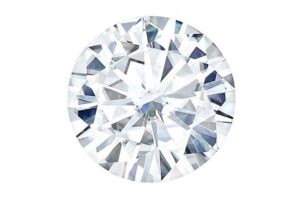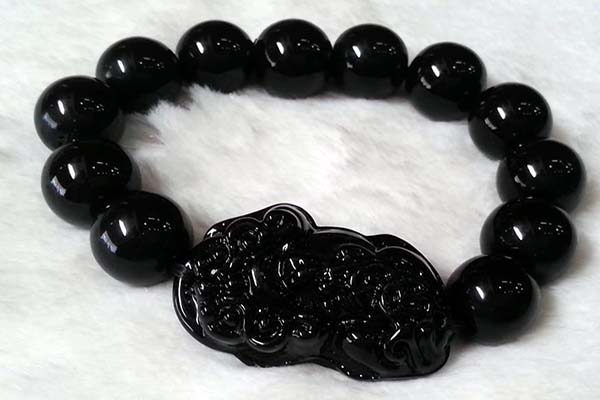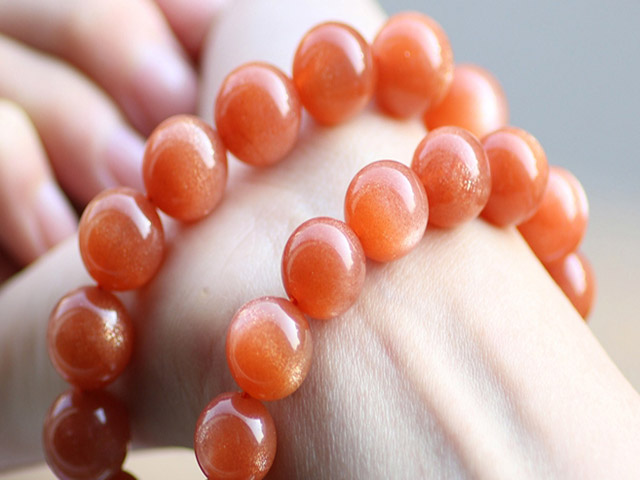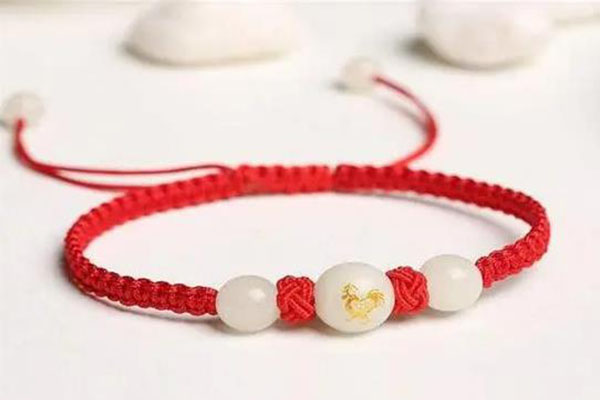When it comes to Chinese green teas, Biluochun and Longjing are two of the most well-known and respected varieties. Both teas are grown in the same region, but they have different production methods, which results in distinct flavors and aromas. In this post, we will compare Biluochun and Longjing tea, discussing their history, production, flavor, aroma, and health benefits to help you determine which one is better for you.
History and Origin
Biluochun and Longjing tea are both grown in the same region, the Dongting Mountain in Suzhou, China. Biluochun, also known as “Green Snail Spring,” is one of the oldest Chinese green teas, with a history dating back to the Song Dynasty (960-1279 AD). Longjing, also known as “Dragon Well,” has been grown in the area around West Lake in Hangzhou since the Ming Dynasty (1368-1644 AD).
Both teas are considered to be among the most prestigious green teas in China and are known for their delicate flavor and aroma. Biluochun is grown in the higher elevations of the Dongting Mountain, while Longjing is grown at the lower elevations. This difference in elevation is said to contribute to the distinct characteristics of each tea.
Production and Processing
Biluochun and Longjing tea are produced using different methods, which results in distinct flavors and aromas. Biluochun is produced using the pan-frying method, where the tea leaves are quickly pan-fried to stop the oxidation process. This method results in a tea with a strong vegetal flavor and a delicate aroma.
Longjing, on the other hand, is produced using the steaming method, where the tea leaves are steamed before they are rolled and dried. This method results in a tea with a more delicate flavor and a stronger aroma. Longjing is also graded into different levels, and the best quality Longjing is made from the first flush of leaves picked in early spring.
Flavor and Aroma
Biluochun and Longjing tea have distinct flavor and aroma profiles. Biluochun has a strong vegetal flavor with a delicate aroma. It has a light, sweet, and refreshing taste. The aroma is floral and delicate with a hint of grassy notes.
Longjing has a delicate flavor with a strong aroma. It has a smooth, nutty, and vegetal taste with a hint of chestnut and floral notes. The aroma is floral, fresh and has a hint of green grass. The best quality Longjing is said to have a slight sweetness and a lingering aftertaste.
Health Benefits
Both Biluochun and Longjing tea are rich in antioxidants and contain a range of beneficial compounds. Green tea in general is known for its potential health benefits, including reducing the risk of heart disease, improving brain function, and helping with weight loss. Biluochun and Longjing tea specifically have been found to have higher levels of antioxidants and amino acids than other types of green tea.
Conclusion
Biluochun and Longjing tea are two of the most well-known and respected Chinese green teas. Both teas are grown in the same region and have distinct flavor and aroma profiles. Biluochun has a strong vegetal flavor with a delicate aroma, while Longjing has a delicate flavor with a strong aroma. Both teas also have potential health benefits. Ultimately, the choice between Biluochun and Longjing tea comes down to personal preference. Both teas are delicious and have their own unique characteristics.








